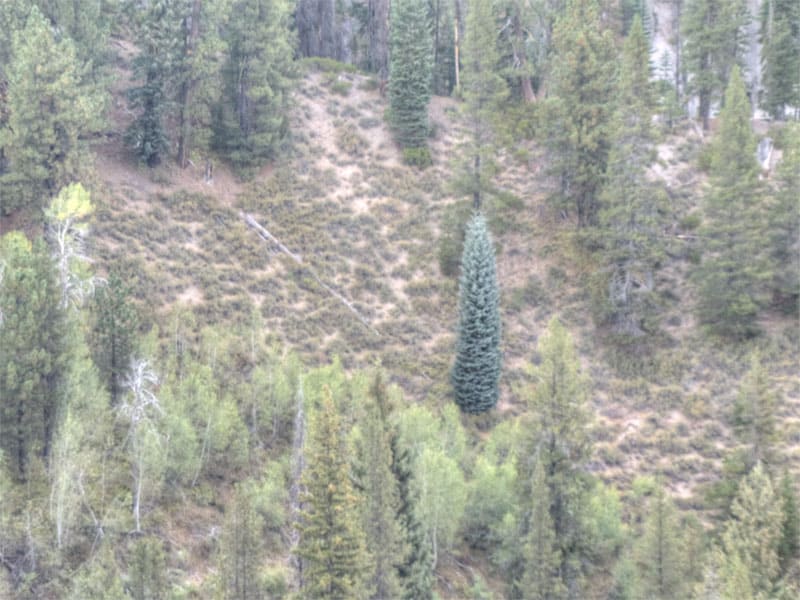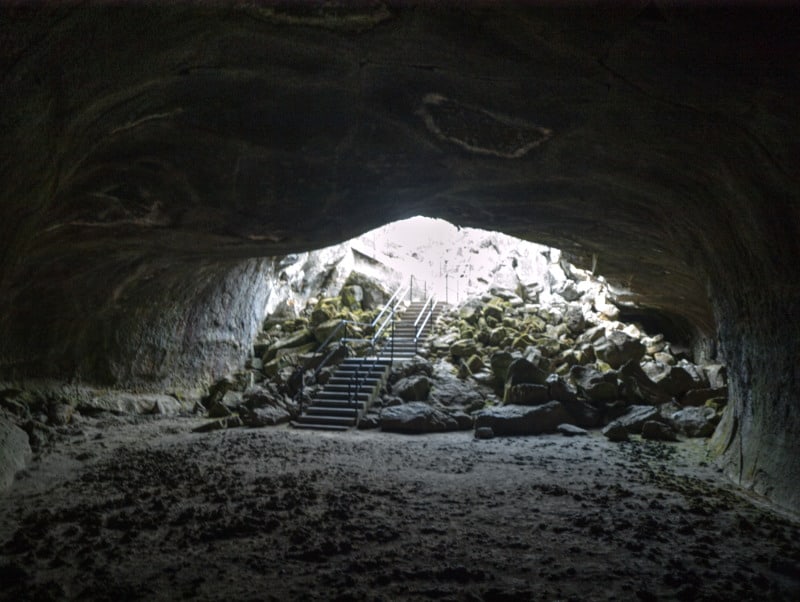The Utah federal district court upheld the Dixie National Forest decision on the Iron Springs Project (argued at a hearing in July 2014) in Alliance for the Wild Rockies v. Bulletts. The Project involves a range of vegetation management activities including intermediate harvest treatments, salvage of timber killed by or dying as a result of beetle infestation, regeneration of aspen, and reforestation of previously harvested areas. Commercial logging would occur on 3,603 acres of spruce/fir.
Most of the plaintiff’s claims were based on NEPA. The court found that an EIS was not necessary, focusing on the fact that the project affected only 0.5% of the national forest. It found the analysis of effects on old growth species and other at-risk species (including threatened Utah prairie dogs) to be adequate. There were also no unique characteristics of the area, and no controversy about the effects of the project on several wildlife species.
The court was a little creative (or inexperienced) in brushing off potential controversy about using timber harvest to address beetle kill. It concluded that, “Even if the efficacy of timber harvest for the purpose of addressing beetle kill is highly controversial, addressing beetle kill is only one of six stated reasons for the Project.” This suggests that adding non-controversial purposes to a project can somehow offset any other controversy that exists – a dubious NEPA proposition.
Plaintiffs also pointed out that a goshawk amendment to the forest plan had been in place for a decade longer than intended, based only on an EA. However, they did not challenge the forest plan, and the court found that the project was consistent with the forest plan, and that a 2012 scientific review of the amendment validated the best available science for goshawks. The court also upheld viability analysis of management indicator species, which showed that the project area would continue to support sufficient numbers of flickers and three-toed woodpeckers.

